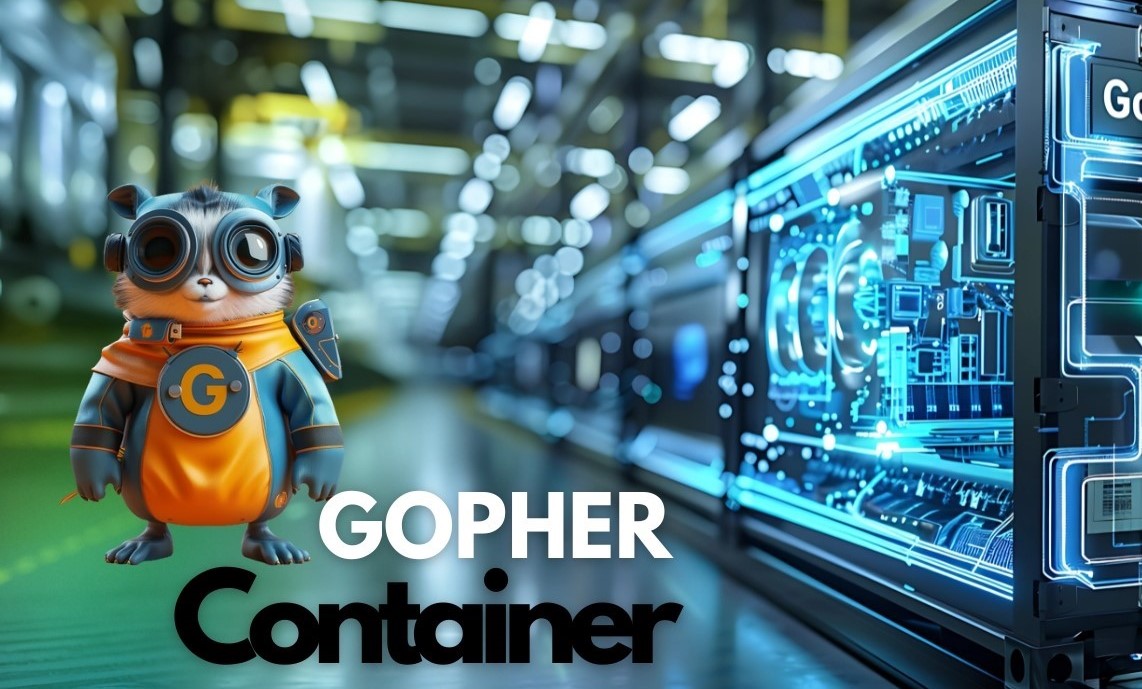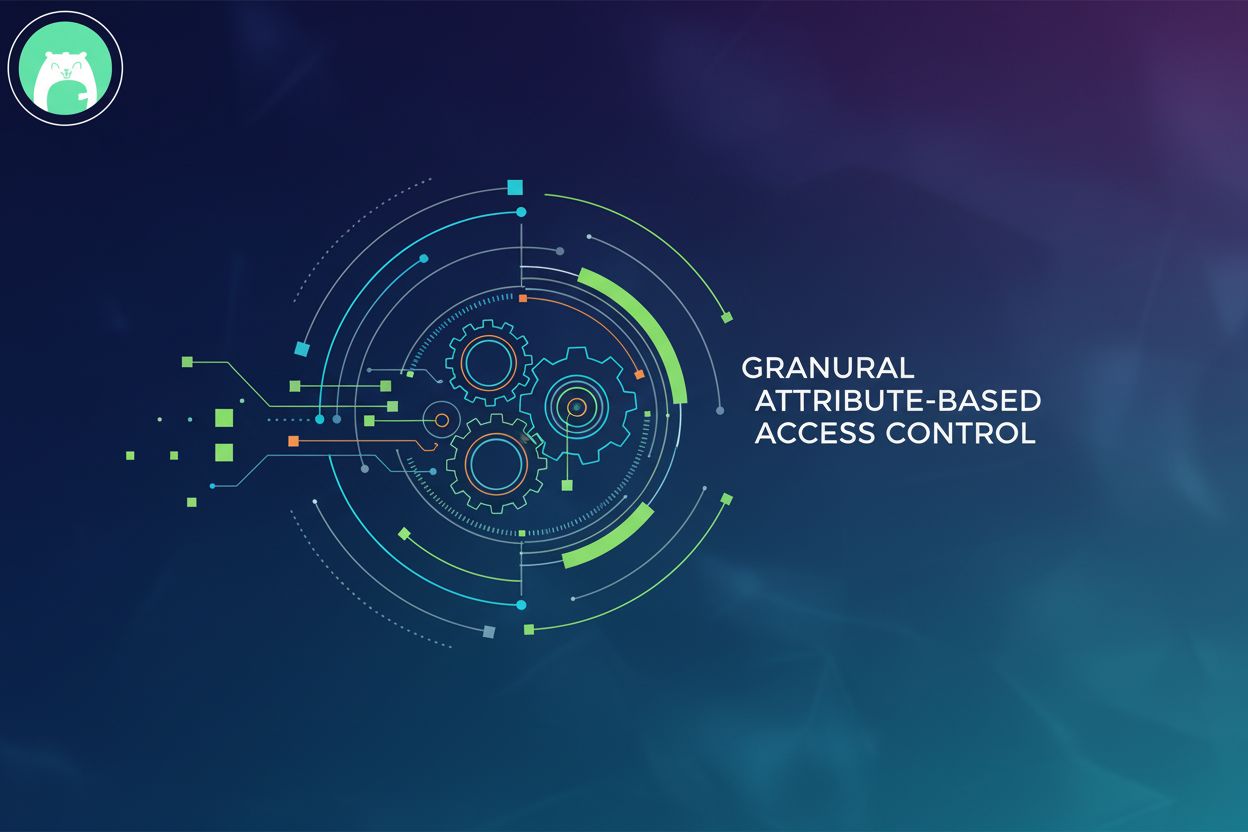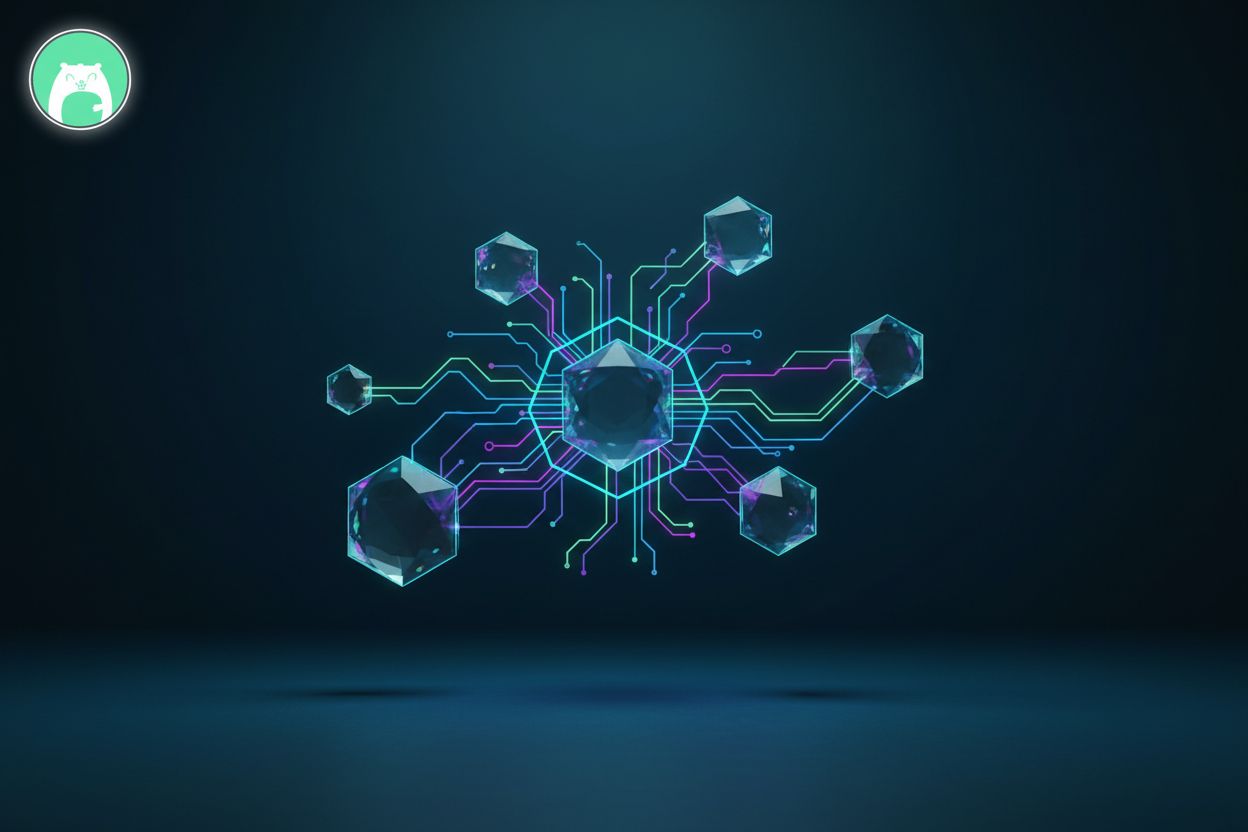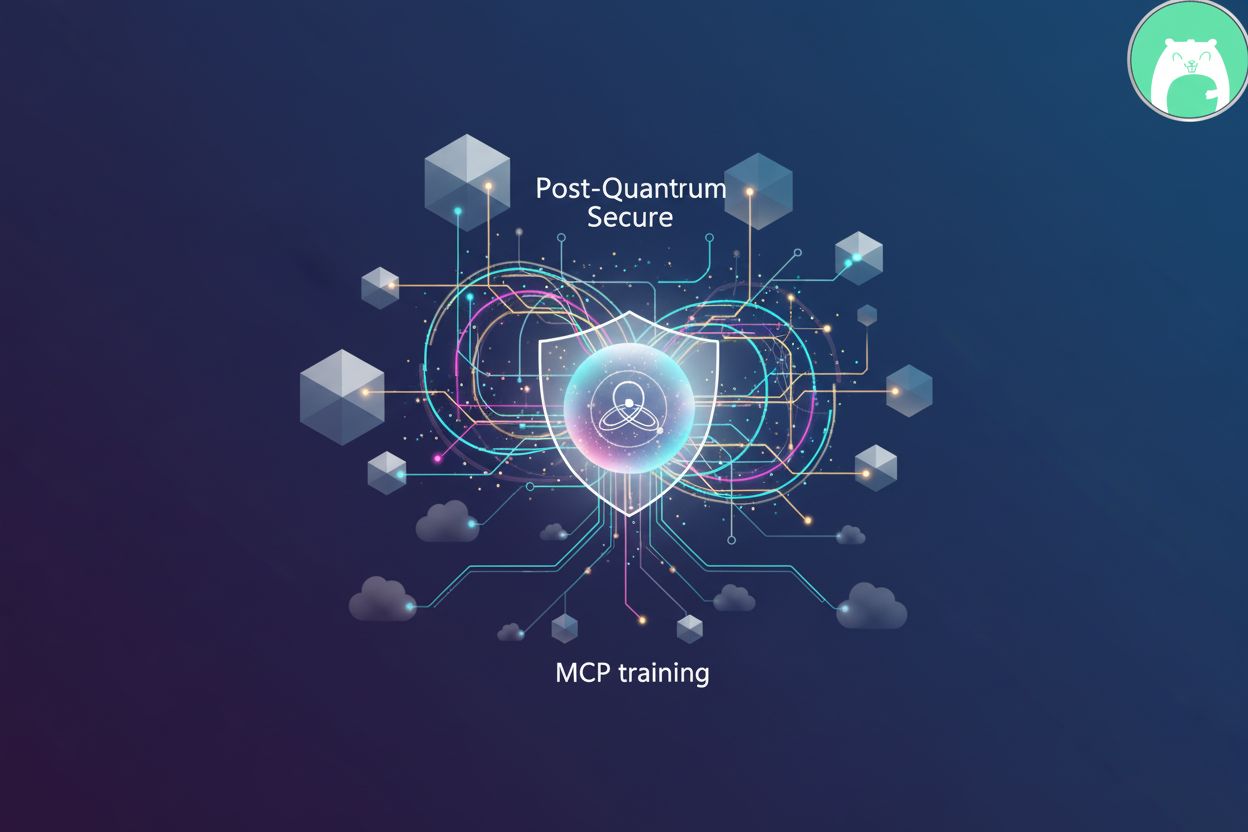Gopher Container: Unmatched Container Security with ZTNA and SASE Capabilities

TL;DR
Summary
In today’s rapidly evolving IT landscape, securing containerized environments has become essential as enterprises increasingly adopt cloud, hybrid, and remote work models. Traditional container security mechanisms often fall short in addressing runtime security, container orchestration vulnerabilities, and supply chain attacks. Gopher Container leverages Zero Trust Network Access (ZTNA) and Secure Access Service Edge (SASE) to provide an unmatched solution, offering micro-segmentation, encrypted communications, and advanced traffic inspection, powered by Envoy Proxy. This blog explores how Gopher Container addresses critical container security challenges and compares it with traditional approaches, highlighting the value of Gopher’s innovative capabilities. Another good read is Protect Your Containerized Applications: Best Practices for Robust Container Security.
Gopher Container: Run Gopher as Underlay Network
Gopher Container: Run Gopher as CNI (i.e. Container Network Interface)
Gopher Container: Run Gopher as Underlay, Sidecar and CNI, Powered by Gopher Peer-to-Peer Networking and Micro-segmentation
What is Container Security?
Container security is the process of implementing security controls to protect the entire lifecycle of containers—starting from image building to runtime, orchestration, and network communication. Containers isolate applications from the host system and other applications, but they also bring challenges such as misconfiguration, runtime risks, and security flaws within the orchestration platforms like Kubernetes. As organizations increasingly adopt containers in hybrid and cloud environments, addressing these vulnerabilities becomes crucial.
Why Do You Need Container Security?
Container security is crucial for protecting applications and services deployed in dynamic environments such as cloud and hybrid infrastructures. Containers present unique vulnerabilities, including runtime risks, shared kernel threats, and misconfigurations in orchestration systems like Kubernetes. As organizations increasingly rely on open-source components and adopt remote work strategies, securing containers at every stage—from development to production—becomes more complex. Attack vectors such as supply chain attacks and misconfigured RBAC can lead to compromised workloads and data breaches.
Gopher Container Security With Unmatched Security
1. Runtime Security
- Challenge: Containers are ephemeral and scale dynamically, making real-time security monitoring difficult. Traditional tools offer limited visibility into runtime behavior, making it hard to detect anomalies and lateral movement within clusters.
- Underserved Subject: Many security tools don’t provide real-time enforcement or detailed insights into container activity.
- Gopher Container Solution: Powered by Envoy Proxy, Gopher Container provides Layer 3/4 traffic observability and Layer 7 traffic inspection. This enables organizations to detect anomalies in real-time, secure communications, and prevent lateral movement inside clusters.
Customer Value: Enhanced visibility and real-time security enforcement help identify compromised containers early, preventing potential damage across the environment.
2. Container Isolation
- Challenge: Containers often share the same kernel, making isolation critical. Misconfigured namespaces and over-privileged containers pose significant risks.
- Underserved Subject: Many organizations struggle with implementing proper container isolation, which leads to host compromise risks.
- Gopher Container Solution: Gopher assigns each container to a dedicated namespace, which isolates network communication. Micro-segmentation ensures that compromised containers cannot affect other containers or the host.
Customer Value: By isolating containers at the network level, Gopher protects against attacks that compromise the container or host.
3. Securing Container Orchestration (Kubernetes)
- Challenge: Securing Kubernetes is complex, and misconfigurations are common, leading to excessive privileges or unsecured access to critical components like the Kubernetes control plane.
- Underserved Subject: Kubernetes network policies and pod security policies are often underutilized.
- Gopher Container Solution: Gopher enforces micro-segmentation for the Kubernetes control plane and individual container nodes. Communication is allowed only between mutually authenticated nodes via Gopher private IPs. Zero Trust principles (such as continuous authentication) are applied to container orchestration, ensuring secure communication across the control plane and worker nodes.
Customer Value: Securing container orchestration with ZTNA reduces the attack surface and prevents unauthorized access to critical Kubernetes components.
4. Supply Chain Security
- Challenge: Containers often rely on third-party libraries and open-source components, which can introduce vulnerabilities throughout the supply chain.
- Underserved Subject: Supply chain security is still underdeveloped, with many organizations failing to secure third-party container images.
- Gopher Container Solution: Gopher enforces network micro-segmentation across different environments (test, staging, production), preventing lateral movement of compromised containers from one environment to another. Layer 3/4 and Layer 7 traffic policies ensure granular control over communication between pods and services.
Customer Value: Strong segmentation and granular policy enforcement ensure that vulnerabilities in one stage of the pipeline do not compromise the entire supply chain.
5. Network Security
- Challenge: Securing container-to-container communication in microservices architectures can be complex, and traditional network segmentation is often overlooked.
- Underserved Subject: Network policies are often underutilized, leaving containers exposed to internal and external threats.
- Gopher Container Solution: Gopher offers quantum-resistant end-to-end encryption for all service-to-service and container-to-container communication. Micro-segmentation ensures that traffic is isolated, and communication is restricted to authorized nodes. Gopher’s SASE and ZTNA capabilities further enhance container security by enforcing policy controls on traffic at both Layer 3/4 and Layer 7.
Customer Value: Ensuring secure, encrypted communication between services protects against data breaches and unauthorized access.
6. Logging and Monitoring
- Challenge: Container logs are spread across multiple sources, making it difficult to monitor and analyze in real-time.
- Underserved Subject: Centralized logging and real-time threat detection are lacking in many container environments.
- Gopher Container Solution: Gopher provides Layer 3/4 observability and Layer 7 traffic logging to detect potential threats. Access logs capture metadata like status codes, response times, and request headers. Gopher also supports JSON logs for easier integration with logging systems like Elasticsearch or Splunk. Distributed tracing and Prometheus metrics allow for real-time monitoring of service health and performance.
Customer Value: Real-time monitoring and centralized logging improve security visibility and make it easier to detect and respond to security incidents.
7. Identity and Access Management (IAM)
- Challenge: Managing identity and authorization in container environments is difficult, especially when scaling dynamically.
- Underserved Subject: Misconfigured RBAC and excessive privileges are common in containerized environments.
- Gopher Container Solution: Gopher’s IAM mechanisms enforce identity-aware access controls across container communications. It provides attribute-based access control (ABAC), ensuring dynamic policy enforcement based on business requirements.
Customer Value: Fine-grained access control ensures that only authorized users or services can access critical resources, reducing the risk of privilege escalation.
8. Ephemeral and Short-Lived Nature of Containers
- Challenge: Containers are often short-lived, and traditional security tools struggle to monitor and protect these dynamic environments.
- Underserved Subject: Many organizations fail to adapt their security strategies to handle ephemeral workloads.
- Gopher Container Solution: Gopher provides CLI and SDK for automating the on-demand provisioning of micro-segments. Security policies, such as continuous authentication and quantum-resistant encryption, are applied to short-lived containers seamlessly.
Customer Value: Automated security provisioning ensures that even ephemeral containers are protected, maintaining a secure environment for transient workloads.
9. Regulatory Compliance
- Challenge: Ensuring compliance with industry regulations (PCI-DSS, HIPAA, GDPR) in containerized environments is complex due to the dynamic nature of containers.
- Underserved Subject: Many organizations struggle with maintaining compliance across containerized environments.
- Gopher Container Solution: Gopher’s granular policy enforcement and logging capabilities simplify the process of maintaining compliance. Full visibility into container communications ensures that all regulatory requirements are met.
Customer Value: Gopher helps organizations meet regulatory standards by providing centralized control, logging, and visibility.
Inheriting Gopher’s Out-of-the-Box Security From Layer-3/4 to Layer-7
Gopher Container’s security benefits from Gopher’s extensive out-of-the-box security, including Layer 3/4 network controls and Layer 7 application security.
- Enforcing Tunnel Match at Layer-3/4
- Customer Value: Ensures that only legitimate and secure tunnels are established, reducing the risk of unauthorized access.
- Enforcing Policy Match at Layer-3/4
- Customer Value: Maintain strict compliance with security policies, reducing vulnerabilities and ensuring regulatory adherence.
- Enforcing Network Segment Match at Layer-3/4
- Customer Value: Isolate network segments to prevent lateral data breaches and improve security posture.
- Traffic Observability at Layer-3/4
- Customer Value: Real-time visibility into traffic patterns helps detect anomalies and optimize network performance.
- Contextual Factors Match at Layer-7
- Customer Value: Enhance security by ensuring that access is granted based on context, such as user identity or location.
- Policy Match at Layer-7
- Customer Value: Granular control over application access ensures sensitive data remains secure.
- Traffic Inspection at Layer-7
- Customer Value: Detect malicious activity by inspecting application-level traffic for threats.
- Enabling Service Mesh at Layer-7
- Customer Value: Improve communication and security between micro-services with service mesh capabilities.
- Quantum-Resistant End-to-End Encryption
- Customer Value: Protect sensitive data against future quantum computing threats.
- Pluggable Framework to Extend Data Plane
- Customer Value: Adapt to evolving security needs by extending Gopher’s functionality without replacing the system.
- Disabling Inbound Traffic to Prevent External Threats
- Customer Value: Restrict inbound traffic, reducing exposure to external attacks.
Conclusion
Gopher Container provides a comprehensive security framework for containers, combining ZTNA, SASE, and service mesh capabilities to address critical challenges in runtime security, isolation, and network protection. By incorporating advanced features like quantum-resistant encryption, identity-aware policies, and micro-segmentation, Gopher Container ensures that containers remain secure across their entire lifecycle.
Final Thoughts and Recommendation
In today’s dynamic containerized environments, securing your workloads requires a solution that evolves with your infrastructure. Gopher Container provides the tools and technologies necessary to protect containers from modern threats, from runtime monitoring to supply chain security and regulatory compliance. We highly recommend adopting Gopher Container to secure your containerized environments with advanced ZTNA and SASE capabilities.





